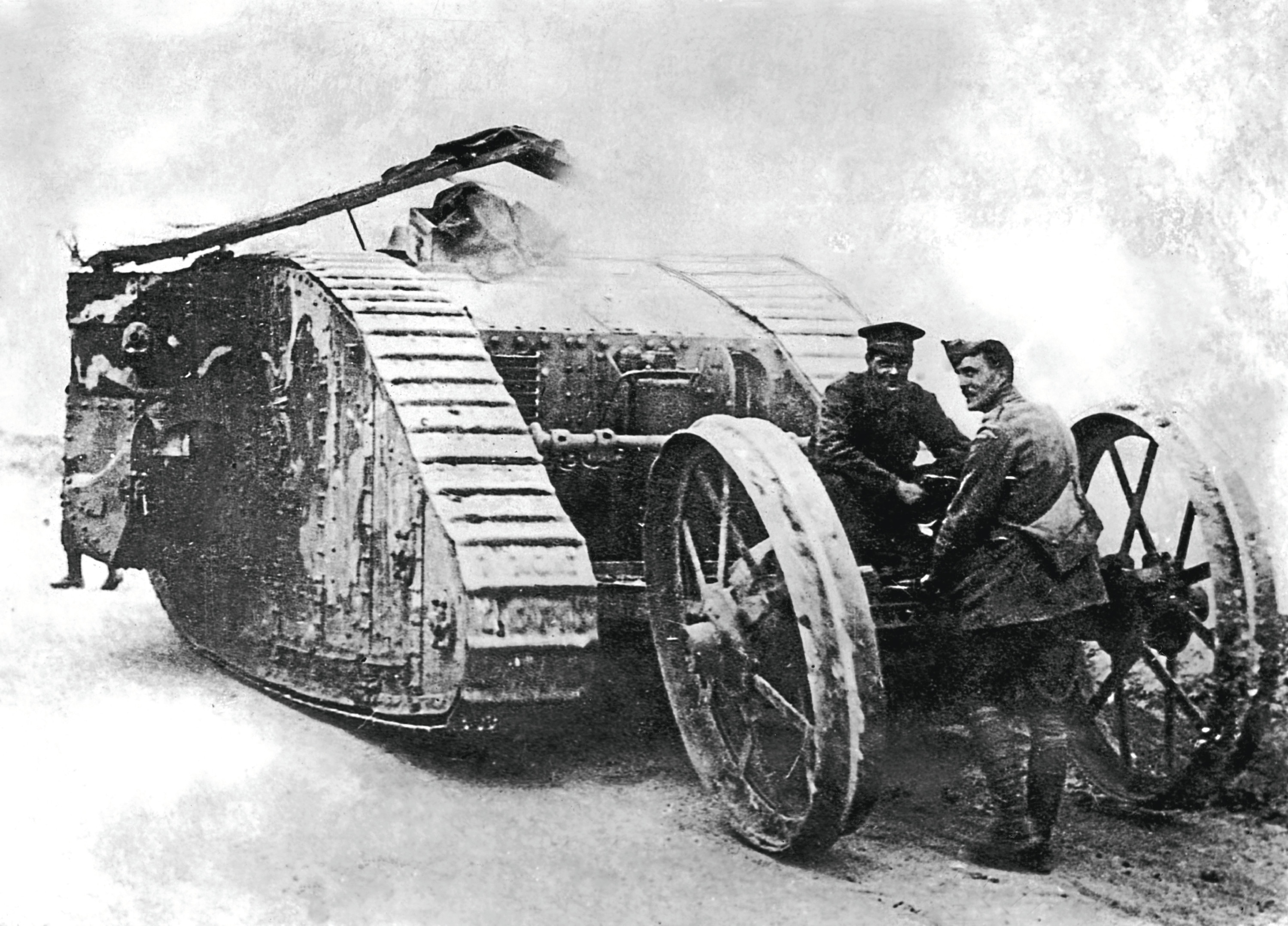

By using tanks massed in formations of hundreds, the British hoped to overcome the effects of the battlefield stalemate on wide fronts. In his book, The Tank, Douglas Orgill stated that operations between July 1916 and August 1918 focused the British General Staff on the value of tanks in the offensive. The study of mechanized doctrine development during 1919-1939 is valuable for several reasons: it can provide historical perspective concerning the development of our branch, and it can reassure us the argument against the retention of a heavy tank force is neither new nor well founded. The British army – successful in developing, fielding and employing armored vehicles during World War I – turned its back on mechanized doctrine during the interwar years and paid the price for its narrow-minded outlook on the future of warfare. These critics state that Operation Desert Storm was the last large-scale requirement for massed formations of armored vehicles and that future conflicts will not need the services of our branch as it exists today.

Republished from ARMOR, March-April 1997 editionĪs the armor force prepares to enter the 21st Century, some claim there is no longer a need for a standing force of main battle tanks.


 0 kommentar(er)
0 kommentar(er)
